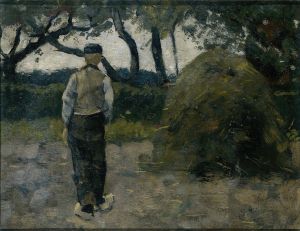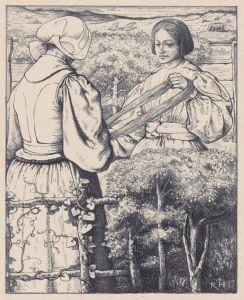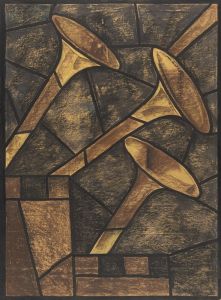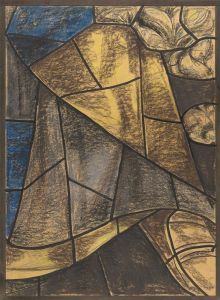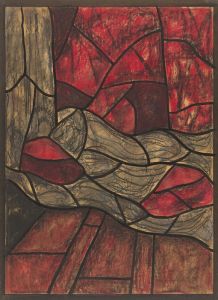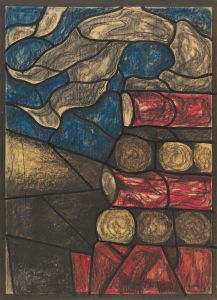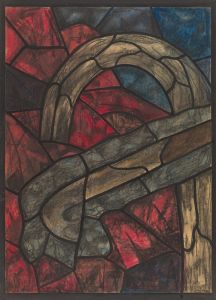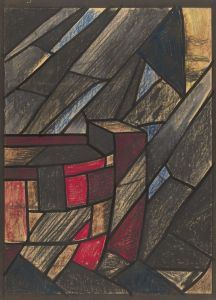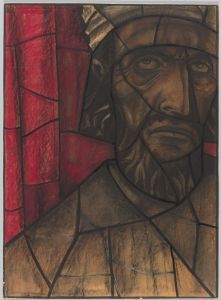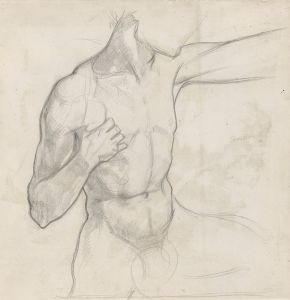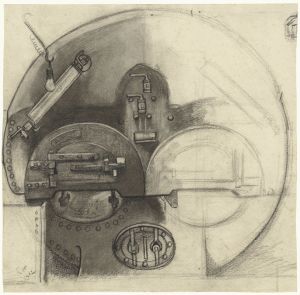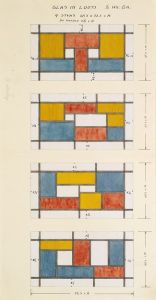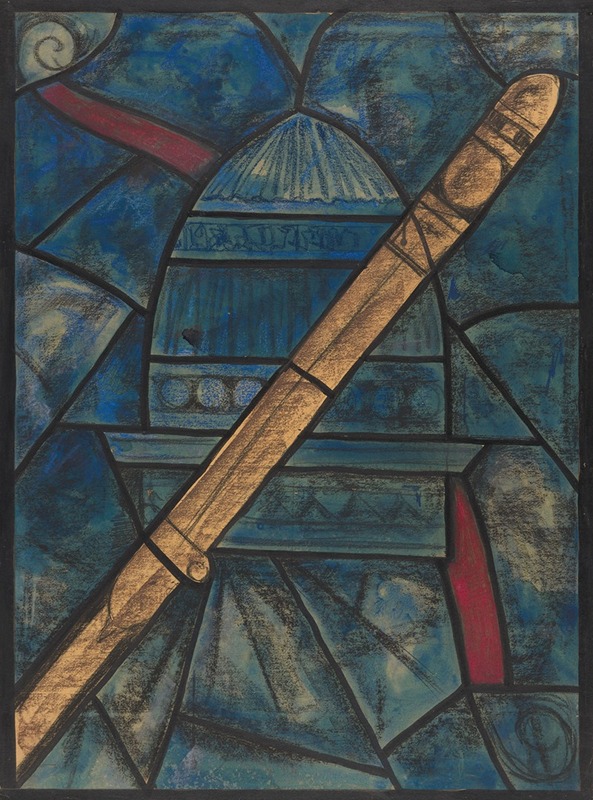
Ontwerp voor raam in het Noordertransept in de Dom te Utrecht 31
A hand-painted replica of Richard Nicolaüs Roland Holst’s masterpiece Ontwerp voor raam in het Noordertransept in de Dom te Utrecht 31, meticulously crafted by professional artists to capture the true essence of the original. Each piece is created with museum-quality canvas and rare mineral pigments, carefully painted by experienced artists with delicate brushstrokes and rich, layered colors to perfectly recreate the texture of the original artwork. Unlike machine-printed reproductions, this hand-painted version brings the painting to life, infused with the artist’s emotions and skill in every stroke. Whether for personal collection or home decoration, it instantly elevates the artistic atmosphere of any space.
"Ontwerp voor raam in het Noordertransept in de Dom te Utrecht 31" (Design for a Window in the North Transept of the Dom in Utrecht 31) is a work by the Dutch artist Richard Nicolaüs Roland Holst (1868–1938). Roland Holst was a prominent figure in the Dutch art scene during the late 19th and early 20th centuries, known for his contributions to the Symbolist movement and his work in various artistic disciplines, including painting, graphic design, and monumental art.
This particular work is a design for a stained glass window intended for the north transept of the Dom Church (Domkerk) in Utrecht, the Netherlands. The Dom Church, a Gothic cathedral with a rich history dating back to the 13th century, has been a significant cultural and religious landmark in Utrecht. Over the centuries, the church has undergone numerous renovations and restorations, including the addition of stained glass windows designed by various artists.
Roland Holst's design reflects his characteristic style, which often incorporated Symbolist themes and a strong emphasis on craftsmanship. His work in stained glass design was influenced by his belief in the integration of art and architecture, a principle he shared with other artists of the Arts and Crafts movement. Roland Holst's designs typically featured intricate patterns, allegorical figures, and a harmonious use of color, all of which aimed to enhance the spiritual and aesthetic experience of the viewer.
While the exact details of this specific design, such as its thematic content or whether it was ever realized as an actual window, are not widely documented, it is known that Roland Holst created numerous designs for stained glass windows throughout his career. Many of his works were commissioned for churches and other public buildings in the Netherlands, contributing to his reputation as one of the leading stained glass artists of his time.
Today, Roland Holst's contributions to Dutch art are recognized for their artistic and historical significance. His designs, including those for stained glass windows, are celebrated for their craftsmanship and their role in the broader context of early 20th-century art movements in the Netherlands.





